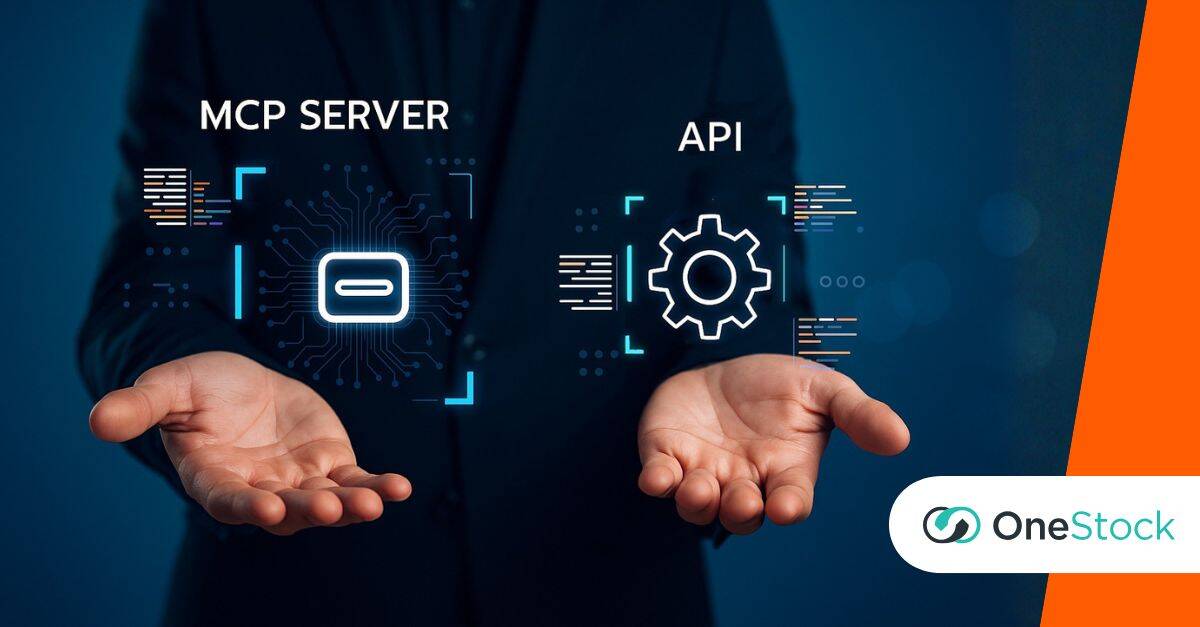
The hidden cost of building your own retail OMS
Why should I buy a retail order management system when I’ve got a dev team that can build something in-house?
Retailers and brands often ask us this question. And we understand why.
When you’ve invested in talented people, it makes sense to use them. And building an OMS system in-house is the cheaper option – or so it seems.
But in reality, bespoke technology isn’t always cost-effective. Forty-five percent of IT projects exceed their budget. And this (usually) isn’t due to a lack of ability, vision or planning.
As we discuss in our ebook, Retail OMS: should you build or buy?, most in-house systems cost more than companies think. Why? Because they haven’t budgeted for every expense.
To make the numbers work, retailers and brands must account for the hidden costs of building an OMS platform.
The hidden cost of resourcing new tech projects
Many companies feel bought-in DOM software is duplicate spending if they’re already paying developers. But having people power doesn’t guarantee success.
Before you commit to developing your retail order management system, ask:
- Does your dev team have the knowledge and skills to build an OMS?
- Who will manage other tech requirements while they’re building your DOM platform?
- Will you end up recruiting more IT people?
If you need more people to complete the job, the cost of building your OMS will increase. There’s a tipping point when buying an off-the-shelf solution becomes more affordable.
The hidden cost of outsourcing work to meet deadlines
Even with the best intentions, IT initiatives fall behind schedule. On average, only 55% of projects finish on time. And if your project overruns, you’re left with two choices: push back the launch date or draft in more help.
Good developers don’t come cheap. A freelance senior software developer will charge around £500-750 – and that’s just the cost to get your system live. You still need to find resources to maintain and manage your platform.
The hidden cost of maintaining your retail OMS system
The biggest budgeting trap for retailers and brands is only considering build costs. A distributed OMS platform needs maintaining and upgrading to deliver complex requirements.
In-house software is a significant long-term investment. You need to integrate your OMS with other systems, solve technical issues and manage strategic development.
A bespoke OMS solution is an unknown beast. One that could cost you much more than a ready-made OMS during its lifetime.
Of course, an off-the-shelf solution also has running costs, but these are usually fixed. Your vendor will charge a subscription fee for hosting, management and customer support. Which makes budgeting much more straightforward.
The hidden cost to other IT software used by your company
Integration isn’t just a cost to your OMS system. It can impact spending on your other technologies as well.
If a bespoke solution doesn’t work with your other essential systems, you could spend a fortune on product upgrades.
The advantage of buying your distributed retail OMS is that you can choose the architecture. An API-first OMS like OneStock makes integration simpler. You can even outsource the integration process to us.
A bespoke retail OMS can become a false economy
We’re a retail OMS vendor, so we’ll always tell you that buying a distributed order management system is worth the investment. But it’s with good reason.
As discussed in our eguide, a bespoke OMS platform is only “free” if you can use in-house resources to cover all costs. This includes building in-house software and managing and improving it throughout its lifetime.
If you need help to maintain your OMS platform or compromise the performance of other systems, it becomes a false economy.
So make sure you’ve included every hidden cost in your budget when you decide to build or buy. It will help you come to a more informed conclusion.
Download your free digital copy of Retail OMS: Should you Build or Buy? for more information on hidden costs and six more points to consider.


